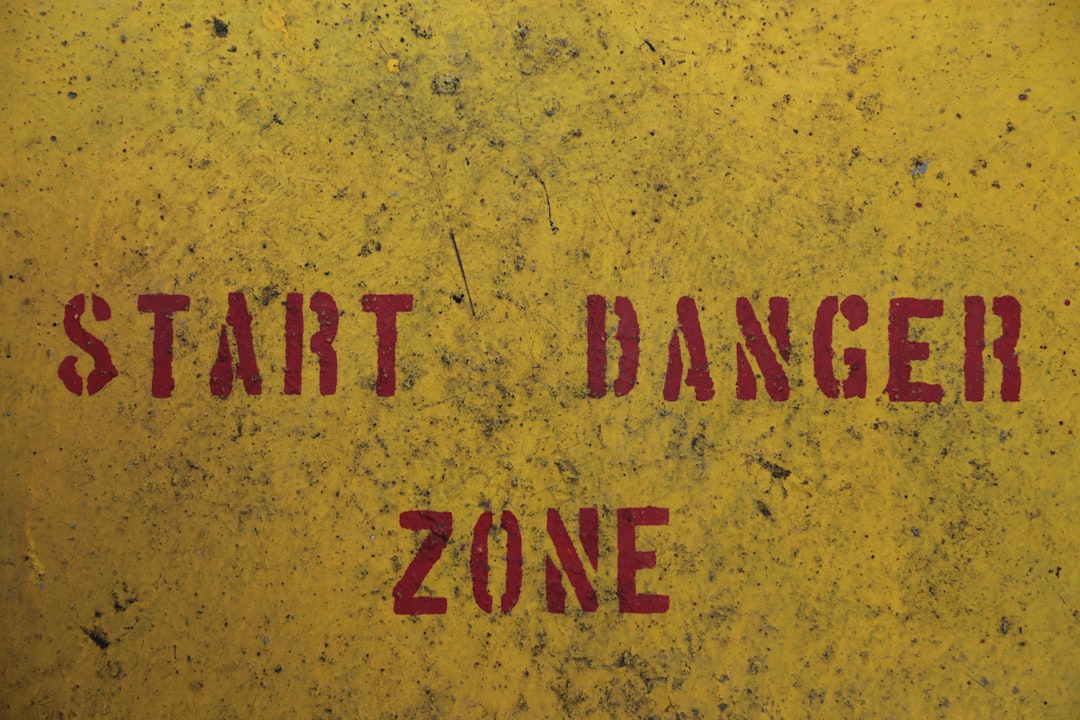Discover more from Drezner’s World

Informed readers might be aware that there is some concern within U.S. national security circles about the rise of China. Over the past decade this concern has grown ever louder and ever-more bipartisan in nature. The standard argument runs that two disturbing trends are threatening U.S. national security: the ever-increasing amount of Chinese power, and the growing closure of the Chinese polity under Xi Jinping. Graham Allison (inaccurately) labeled this the “Thucydides Trap.” All that means is that a good old-fashioned power transition is taking place, with the United States cast as the declining power.
If you only looked at the title, it would be easy to infer that Hal Brands and Michael Beckley’s Danger Zone: The Coming Conflict with China is simply another book from a growing band of China hawks warning about war with the Middle Kingdom. The interesting thing is that although Brands and Beckley are rather hawkish, the logic behind their hawkishness is entirely different from Allison et al. They argue that China is dangerous not because it is a rising power, but because the country has already peaked and its leadership knows it:
From ancient times to the present, once-rising powers have often become most aggressive when their fortunes fade, their enemies multiply, and they realize they must reach for glory now or miss their moment forever. Fast-growing countries that slip into long economic slumps have responded with its of expansion. Countries that fear they are being encircled by rivals make desperate bids to break the ring (p. xv).
Full disclosure: this argument fits very snugly with some arguments that I have been making as of late about great power politics, so I cam very sympathetic to this kind of take. That said, Danger Zone offers an interesting theoretical take on the current Sino-American situation and offers up some intriguing policy conclusions. In particular: “Americans urgently need to start seeing the Sino-American rivalry less as a 100-year marathon and more as a blistering, decade-long sprint (p. xiii).”
How compelling is their argument? Pretty compelling! They argue that China’s rapid rise took place during a Goldilocks moment when domestic and international conditions were favorable toward Beijing. In recent year, however, China’s demographics, domestic growth model, governance, and international security environment have all rapidly worsened. This leaves China facing an array of formidable adversaries at the exact moment when its leadership is fragile. This all tracks — seeing how China has bungled the COVID-19 pandemic is proof enough of the country’s myriad missteps.
My primary critiques of the book are threefold. First, it’s a commercial book, which means that it’s light on the theoretical side. This is disappointing, because they’re making a really interesting theoretical argument and I wanted to see that theory fleshed out. In particular, how does the “peaking power” hypothesis differ in its empirical predictions from the classic “power transition” argument?
Second, there are times when the book reads a bit too much like dueling lawyers briefs — first for China’s insatiable desire to maximize its power, second for China’s myriad structural problem that augur its demise. This leads to some hand-waving at times, making China seem super-scary at some moments discussing its rise and then perhaps being overly pessimistic about its inevitable decline. For example, Brands and Beckley describe the Belt and Road Initiative as “a $1 trillion effort to turn the historic heartland of Eurasia into a geopolitical space oriented toward Beijing (p. 10).” Maybe that is what China hoped would happen, but even a glance at how BRI is playing out suggests that this has been seriously overhyped.
Finally, I wish Brands and Beckley had explored in greater detail the risks of their short-term strategic response. Much of what they advocate the United States to do in the region is now accepted wisdom inside the Beltway: coordinate more closely with allies in the region, turn Taiwan into a military porcupine, guard against Chinese control over critical tech. All well and good. But at various times they acknowledge, “the better America fares, the more unpredictable a scared CCP may become (p. 185)” and “the whole idea of a danger-zone strategy is to avoid war, not provoke it, so there are limits to how far America should go (p. 190).” I wanted to know more about how to avoid a frustrated China lashing out in ways that, say, Russia has as of late.
Still, on the whole, this is one of the best books about great power rivalry I have read in quite some time. I highly recommend it!










